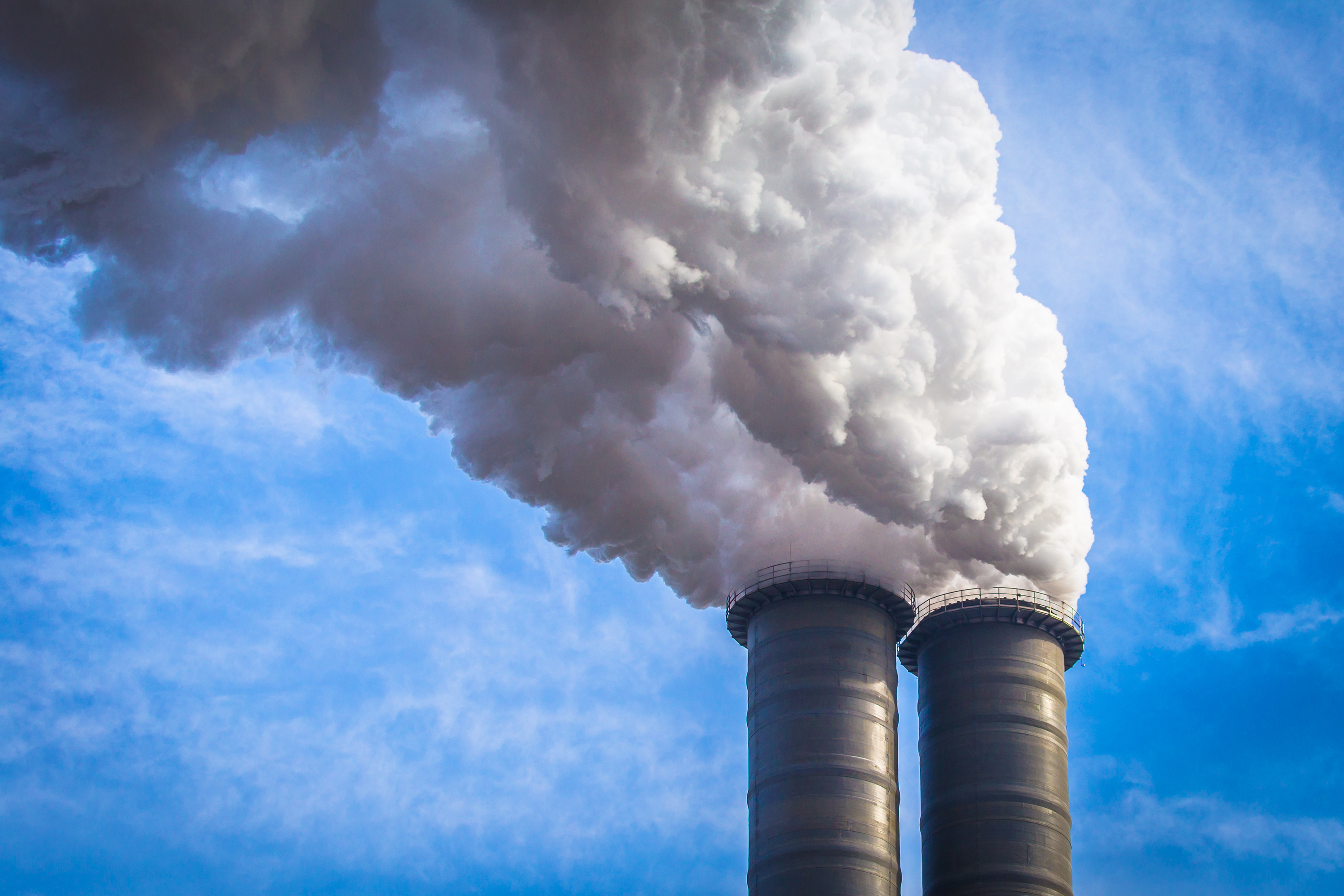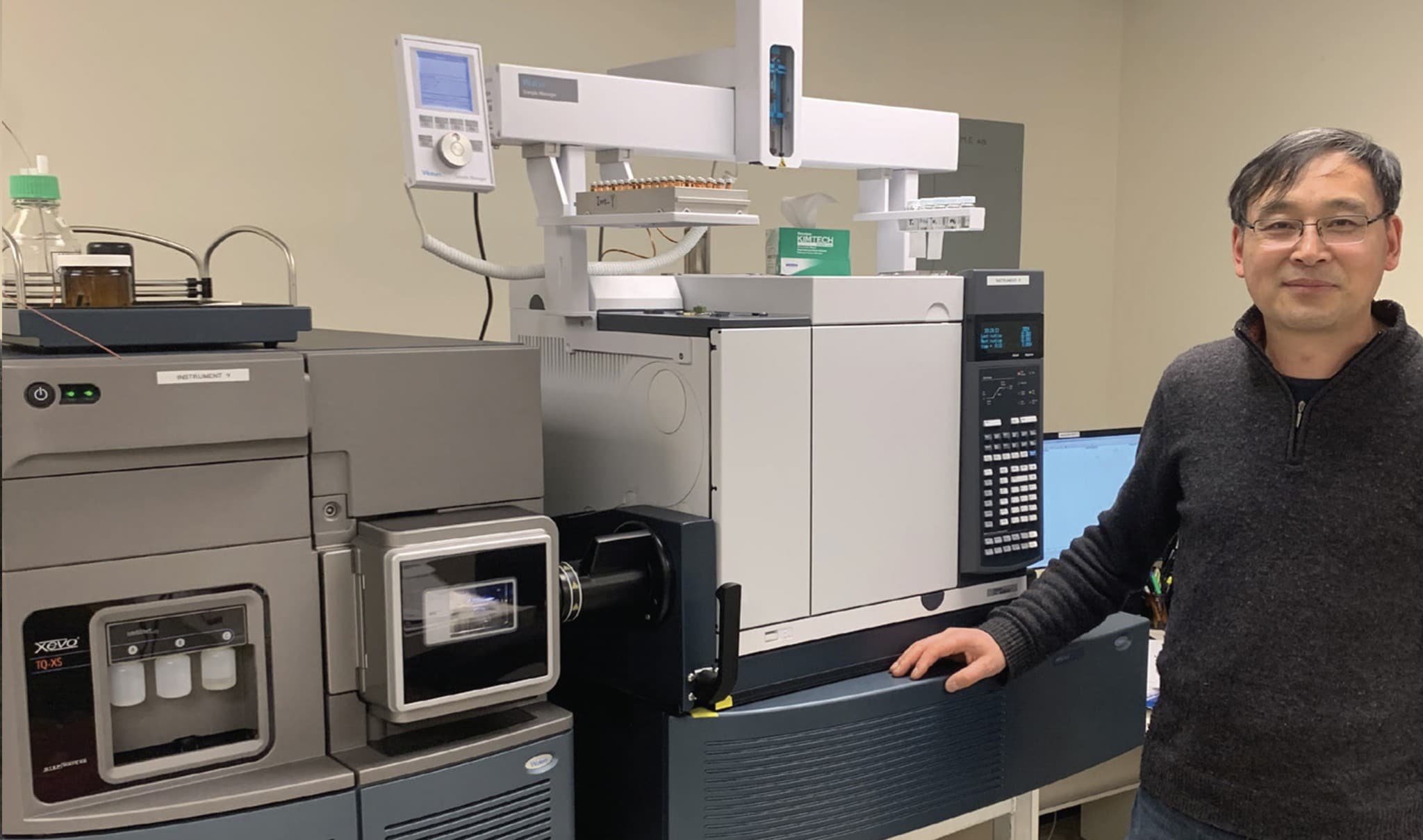
Dioxins are bio-accumulative persistent organic pollutants (POPs) largely formed during combustion processes and are found throughout the environment. Dioxin analysis is particularly demanding due to low level regulatory exposure limits and complex sample matrices.
Cutting-edge instrumentation, such as Waters Xevo TQ-XS with APGC, enables laboratories in food, feed, and environmental industries to make increasingly sensitive measurements from complex samples and allows updated recommendations to be made on regulatory limits. With Waters solutions, you can:

Case Study: SGS AXYS and Waters Validate APGC as New Methodology for Dioxin and Environmental Contaminants Analysis

Facilitate faster and more robust analyses with waters_connect Informatics Platform that has a suite of scientific analysis products such as system and data management, analytics, and concurrent collaboration to improve efficiency, ensure reproducibility, and reduce errors.
Simplify the process of maximizing column performance and column lifetimes for better peak shape, efficiency, and reproducibility with Waters Column Particle Technologies that help you achieve your separation goals.
Optimize your laboratory's productivity and success with Waters Global Services to maintain peak system performance, minimize downtime, address application challenges, and support stringent compliance requirements.
Maximize resources and minimize risk with payment options from Waters Capital, including upgrading aging equipment, getting customized support, and bundling services into one monthly payment.
